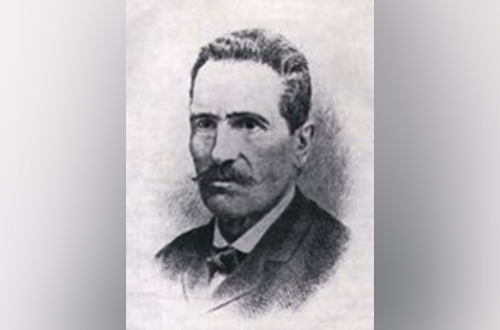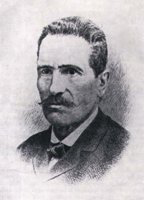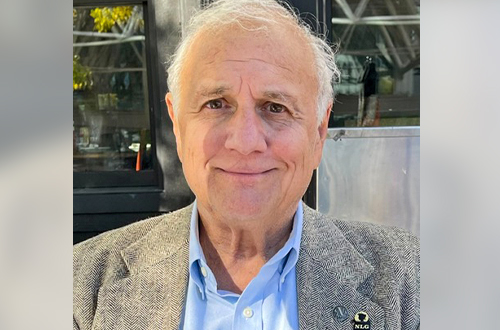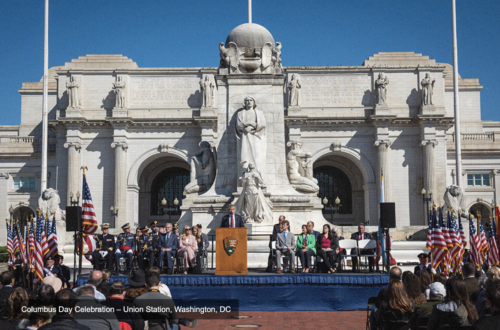
Digging in the Dirt in Abruzzo and Molise: Noted Archeologist Antonio De Nino
By Joseph “Sonny” Scafetta, Jr.

Credit: Wikipedia
Antonio De Nino was born in the community of Pratola Peligna (population 7,249 in the 2020 Census) in the province of L’Aquila in the region Abruzzo on June 15, 1833. Nothing has been published about his parents, his education, and his immediate family, if any. There was nothing in his background to suggest that he would one day return to his home region as a successful archaeologist.
He first appeared in public records in 1861 when, at the age of 28, he became an elementary school teacher in San Demetrio ne’ Vestini in the province of L’Aquila. After a year, he transferred to teach high school in the town of Leonessa in the province of Rieti in the region of Lazio. In 1872, he was appointed a professor at the “Publio Ovidio Nasone” Technical School, a classics-based secondary school in the city of Sulmona in the province of L’Aquila.
While living in Sulmona, he became interested in archeology and began to study popular local traditions. His first publication Armi Preistoriche (Prehistoric Weapons) appeared in the Gazette of Sulmona in 1874. The Ministry of Public Instruction in Rome appointed him Inspector of Monuments in 1877 and directed him to make excavations systematically in Abruzzo. During that same year, the Lincei Academy began to publish his annual Notizie Degli Scavi (News About Excavations). Later, his reports were printed in the Bulletin of the Institute of Archeology of Italy.
His first major excavation was in the plain of Pentima where the city of Corfinio was built over the ancient town of Corfinium that had been proclaimed the rebel capital of Italy by the Paeligni, an Italic tribe, in 89 B.C. While working there, he discovered the inscription of Herentas, the most important epigraphic text in the language of the Paeligni. He later opened another important excavation campaign at Campo Consolino near the town of Alfedena. The site was a fortified citadel with a cemetery for a city of the Pentri, one of the chief Samnite tribes which disappeared from the historic record after 216 B.C. In the cemetery, De Nino’s team opened 42 tombs which contained the remains of individuals dressed in tribal wardrobes. Over the course of 30 years, he opened 107 excavation campaigns throughout Abruzzo, Molise and Lazio.
Meanwhile, De Nino wrote five tomes entitled Usi e Costumi Abruzzesi (Abruzzesi Usages and Costumes) which appeared in 1879, 1881, 1883, 1887 and 1891. They are all collections of descriptions of local customs and dresses in different parts of Abruzzo. The books are still of fundamental importance for understanding the origins of most popular practices today.
De Nino died in Sulmona on March 1, 1907, at the age of 73. After his death, Sulmona dedicated a street in its historic center in his honor. Also, four archeological museums in Abruzzo are named for him. They are located in his birthplace of Pratola Peligna, in the town of Alfedena, in the city of Corfinio, and in the Convent of the Maddalena at Castel di Sangro.
Sources:
September/October 2023





